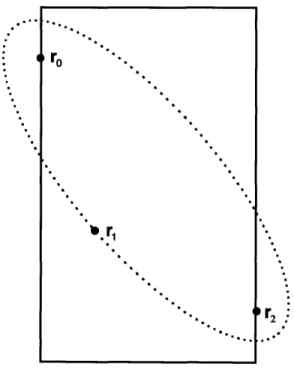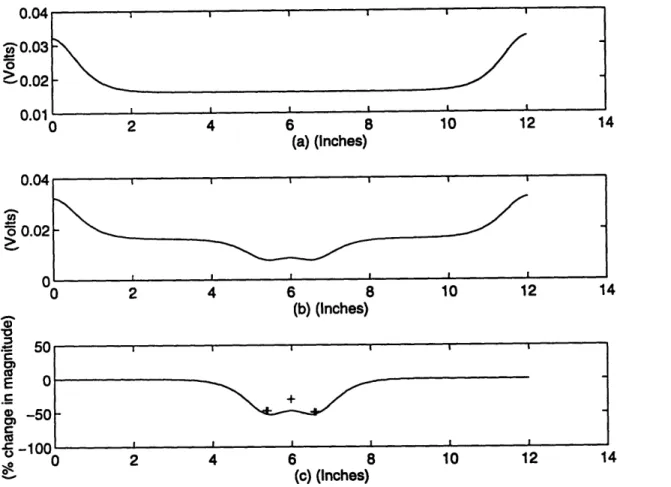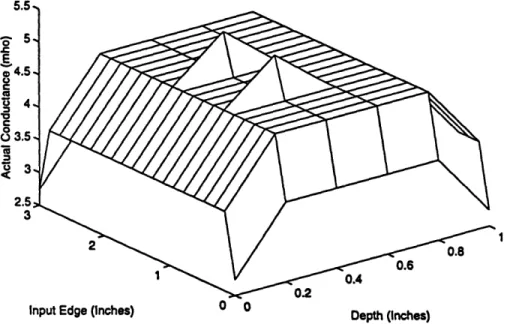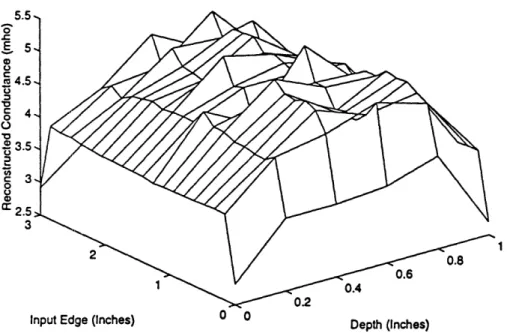A circuit model for diffusive breast imaging and a numerical algorithm for its inverse problem
Texte intégral
Figure




Documents relatifs
Figure 3: Velocity magnitude profile in the fifth stage of a six stages pump (left) and in a single stage with periodic conditions (right, the stage is dis- played
A Very High-beta Optics to be used for an Absolute Luminosity Determination with Forward Detectors
Abstract In this paper an inverse problem is considered for a non coercive partial differential equation, issued from a mass conservation cavitation model for a slightly
We consider a size-structured model for cell division and address the question of determining the division (birth) rate from the measured stable size distribution of the population..
in the near-field case. Thus the singular value decomposition technique could not be applied to the present problem in the far-field case. These numerical results match the
Dauge, Selfsimilar perturbation near a corner: matching and multiscale expansions, 2006,
Finally, the velocity dependence of the phase shift cou- pled to the velocity dispersion of the atomic beam induces a rapid reduction of the fringe visibility when the applied
Asymptotic behavior of the solutions of a nonlinear Robin problem for the Laplace operator in a domain with a small hole: a functional analytic approach. Asymptotic behaviour of





